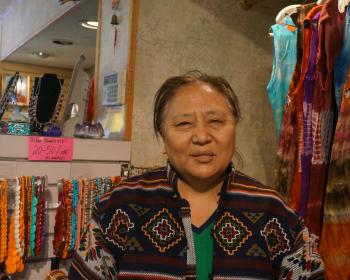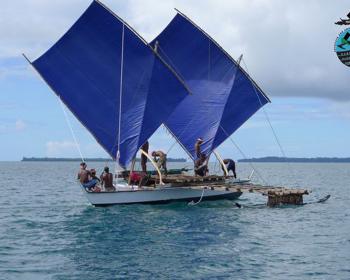The World Conference on Indigneous Peoples is taking place September 22-23 at the UN in New York. Here is a list of the events happening around the conference.
19th September:
11:00 am - 4:00 pm:
Indigenous Peoples’ Solidarity and Engagement with the UN WCIP






